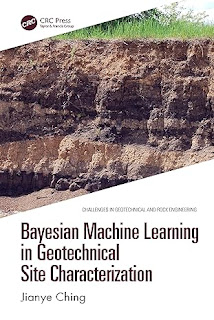Geotechnical Earthquake Engineering 2nd Edition
This fully updated second edition provides an introduction to geotechnical earthquake engineering for first-year graduate students in geotechnical or earthquake engineering graduate programs with a level of detail that will also be useful for more advanced students as well as researchers and practitioners. It begins with an introduction to seismology and earthquake ground motions, then presents seismic hazard analysis and performance-based earthquake engineering (PBEE) principles. Dynamic soil properties pertinent to earthquake engineering applications are examined, both to facilitate understanding of soil response to seismic loads and to describe their practical measurement as part of site characterization. These topics are followed by site response and its analysis and soil–structure interaction. Ground failure in the form of soil liquefaction, cyclic softening, surface fault rupture, and seismically induced landslides are also addressed, and the book closes with a chapter on soil improvement and hazard mitigation. The first edition has been widely used around the world by geotechnical engineers as well as many seismologists and structural engineers.
The main text of this book and the four appendices: Cover fundamental concepts in applied seismology, geotechnical engineering, and structural dynamics + Contain numerous references for further reading, allowing for detailed exploration of background or more advanced material + Present worked example problems that illustrate the application of key concepts emphasized in the text + Include chapter summaries that emphasize the most important points + Present concepts of performance-based earthquake engineering with an emphasis on uncertainty and the types of probabilistic analyses needed to implement PBEE in practice + Present a broad, interdisciplinary narrative, drawing from the fields of seismology, geotechnical engineering, and structural engineering to facilitate holistic understanding of how geotechnical earthquake engineering is applied in seismic hazard and risk analyses and in seismic design



















